I’m not the first nerdy person to draw uncanny comparisons between Chainsaw Man and good word. Tatsuki Fujimoto’s manga magnum opus doesn’t just echo scripture—it shreds it up, duct-tapes it back together, and creates a new theology in its wake that’s equal parts unhinged and mirthful.
With anime TV episode compilations dropping on Crunchyroll to prep fans for Chainsaw Man – The Movie: Reze Arc, I’ve been deep in the trenches rereading the manga, looping its original soundtrack, and bracing myself for a cinematic gut-punch. While the anime is still adapting the first part of the story—dubbed Part One by fans—week by week, new chapters of Part Two are dropping on Shonen Jump. If my partner gently cupping my face mid-sleep, covering my mouth to muffle my spoiler-laced snore-ramblings about what happens to Denji is any indication, fans and unsuspected moviegoers alike are all about to be emotionally obliterated by Reze Arc.
If you’re somehow still skeptical about Chainsaw Man’s quality, dear reader, I’m here to spread the good word. Allow me to count the ways.
Light spoilers for Chainsaw Man.
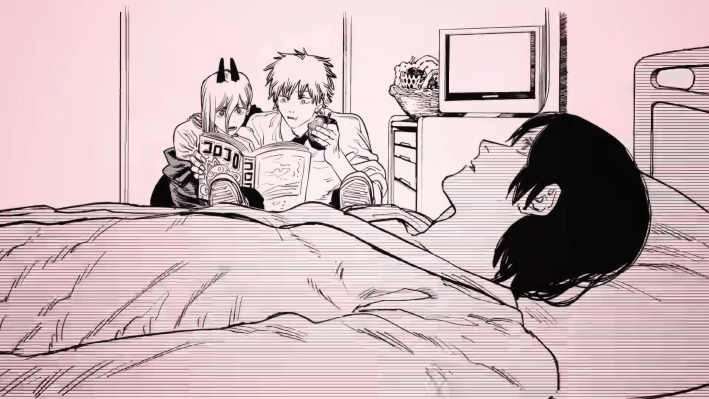
- Short read
When’s the last time you ran into someone who said they read the Bible cover to cover? If you have, chances are they’re either lying—we know the Bible is best used as a prop for cherry-picked quotes brandished with overhighlighted pen marks—or they’re actually about it, bout it. Still, clocking in at 1,200 pages (depending on which of the many versions exists of it), it’d take somewhere upwards of 50 to 70 hours to do so.
Chainsaw Man does not share this problem. Each chapter on Mangaplus is riddled with copycat comedians, remarking that it was a good 12-second read. And straight up, Chainsaw Man is a pretty quick read, balancing punchy back-and-forth dialogue and exposition between characters fortunate enough to have survived the rapture that is popularity poles. Plus, it doesn’t hurt that the manga has…
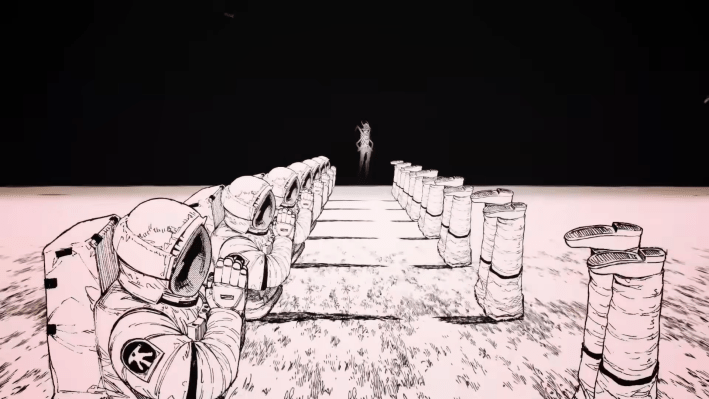
- Drawings
Sure, Chainsaw Man’s art style has changed ever so slightly over the course of Part One and Part Two on account of Fujimoto’s assistants (read:disciples) going on to make manga of their own, like little-known works like Dandadan, Spy x Family, Hell’s Paradise, and Centuria. Still, that hasn’t stopped Chainsaw Man from having some of the most provocative manga panel spreads in the industry right now. From an infinite corridor of doors leading to hell to that one panel of dismembered astronauts lined up like a row of flowers praying to the devil, this manga is guaranteed to provide shock and awe with its money shot pages and sidesplitting comedy and horror with its minimalistic, repetitive panel work to set a breezier mood to lead up to those shocking revelations. Plus, it doesn’t hurt that Mappa has been going whole hog in adapting the manga, making the viewing experience feel more like watching a film than a typical anime.
Now, let’s compare that to the Bible’s illustrations. Wait, hold up… it doesn’t have any. Unless you count VeggieTales' Larry-Boy movie, The Action Bible, or those meekly released animated films that go straight to DVD, the Bible is lacking in visual imagery on the animated front. If anything, the good word is still being carried today by efforts like The Prince of Egypt, which remains a revered animated film regardless of whether you’re religious. And no, art museums and tapestries in the Sistine Chapel don’t count. If you can’t immediately experience its artwork without planning an expensive trip to the Vatican or freaking out your local church by gawking at its stained glass artwork, we don’t count those.
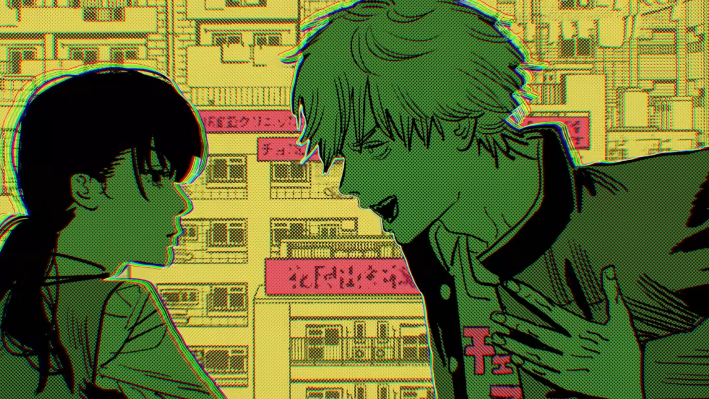
- You can actually identify the author
The Bible doesn’t have one set author. No part of it mentions The Father, The Son, and The Holy Spirit as its scribe. For thousands of years, only the most learned theologians could identify various authors, including those such as Moses, David, Solomon, Paul, and the gospel writers Matthew, Mark, Luke, and John. Still, there’s contention to this day on how much each scribe contributed to what is essentially an anthology, part historical, part self-help, and if any of its authors’ contributions were overstated. There’s even been a single-author theory that prevailed concerning the Old Testament in religious circles that I can’t even fathom as a lapsed Lutheran. Now, consider Tatsuki Fujimoto, a name I have just mentioned and identified as the creator of Chainsaw Man. Badabing badaboom.
Funnily enough, Fujimoto had a crisis of proving his identity when his Twitter account—which he used to roleplay as a little sister he doesn’t have (we don’t have to get into it) was temporarily banned for age verification reasons and fraud. This, in turn, led him to have to prove his identity by providing early draft sketches of Chainsaw Man characters in tandem with his editor, who pleaded with the then-existent moderators on Twitter to verify his identity. Not precisely a Moses and the burning bush situation, but a dumber modern-day version of it, for sure.
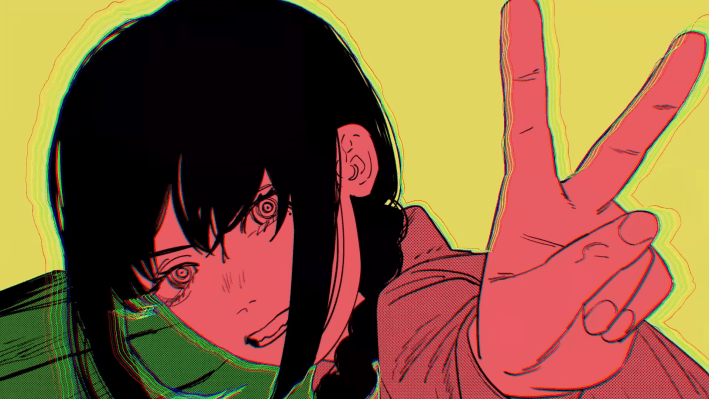
- Chainsaw Man Parts One and Two are equally cruel, unlike the Old and New Testaments
Old Testament Bible stories have a reputation for being crueller than Jesus-era New Testament tales. And for good reason, fathers were asked to kill their kids to prove their faith, men were locked in pits with lions (also to demonstrate their faith), and leaders like Moses were exiled from the Promised Land on account of bleeding water from a rock to shut up nagging followers wondering, “Are we there yet?” Lotta faith proving ultimatums in the Bible.
Side bar, no one talks about the end of Moses’ tale as often as the setup, and I’ve always found it fucked up that his impatience at being a chaperone basically pulling up to McDonald's to shut up the kiddos got his shepherding privileges revoked.
Old Testament God was kind of an asshole, and New Testament God was less wild with his only big thing being sacrificing his own son for our sins for three days like that SpongeBob jail bit.
Chainsaw Man Part Two is just as fucked up as its first part. Cute anthropomorphic animals, kids, and bystanders get got, and any semblance of being a core cast member doesn’t protect folks from getting put on an airbrushed shirt either. And with Fujimoto bringing out a popularity poll—a fan event meant to celebrate favorite characters he’s infamously used as a “to kill” list in the past—it’s not showing any sign of slowing down on the cruelty front.
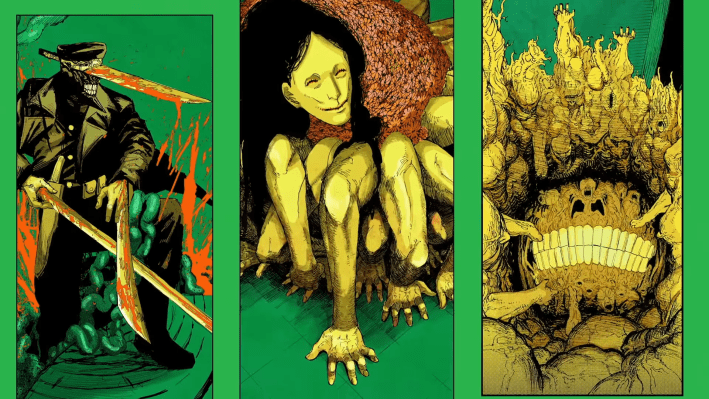
- Polytheism FTW
By far, one of the coolest aspects of Chainsaw Man is that it’s essentially a revival of the polytheism of old, which modern-day Christianity has relegated to the past as an archaic concept. Roman and Greek idols, which represented concepts that people prayed for as blessings, are turned on their head as devils and fiends, the physical manifestations of concepts made powerful in relation to humanity’s fear of them. Reading about how Denji and the gang handle devils like Eternity, Typhoon, Falling, Bomb, and War Devils is just one of the many inventive ways Chainsaw Man approaches modern-day polytheism as a narrative foothold for its story and how humanity can overcome those fears, whether primordial or innocuous, through its heroes.
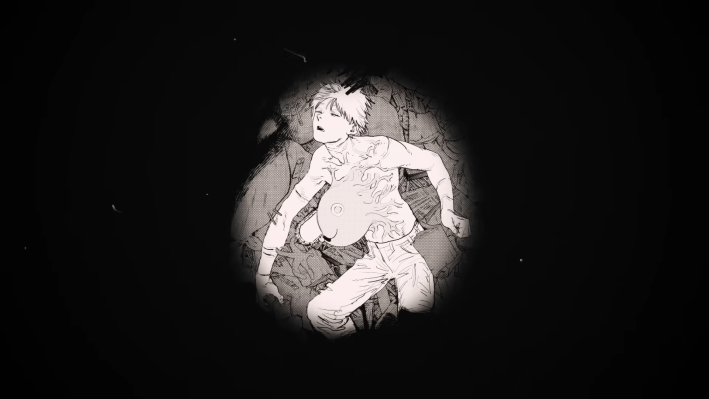
- Dog Is God (kind of)
The story of Chainsaw Man is actually as close an analogue to The Holy Trinity in the Bible. Denji grew up with his pet, the chainsaw puppy Pochita. When they died, Pochita gave up its body, becoming Denji’s heart and transforming him into Chainsaw Man, so that he could witness him fulfill his dreams. It’s very Holy Trinity-coded, but it's especially Christ-like when you consider Chainsaw Man’s motion within the story.
In tandem with Devils and Fiends, Chainsaw Man is lauded as the most fearsome of all. While Chainsaw Man, being a defender of humanity, makes him as breathless as a hero like Jesus, like any other shonen hero, it’s his reputation among devils that feels the most akin to Christianity. You see, any Devil felled by Chainsaw Man and sequentially consumed by him is erased from the world and the minds of humanity. That’s right, instead of taking away sins, Chainsaw Man takes away concepts humanity fears.
The manga has showcased what this looks like in action by having concepts like ears removed from the world and mingling for those who have aftiphobia, as well as bigger tentpole fears like Nazis, World War II, nuclear weapons, and AIDS from humanity. Chainsaw Man is worshipped and feared for this power, and that’s kinda radder than what Christianity has with the weaponized placebo of thoughts and prayers.
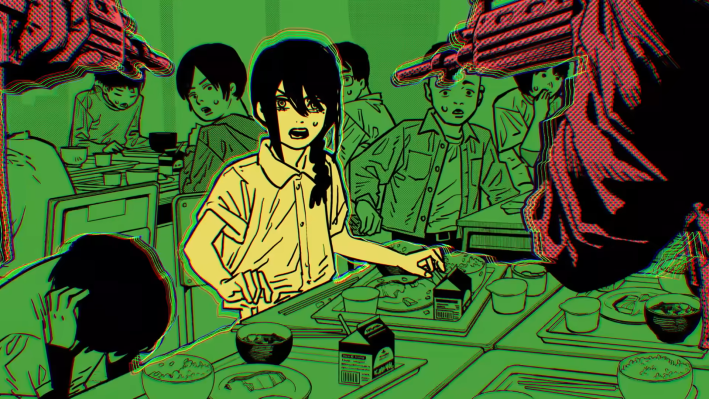
- Is actually about gun control
While the real world often weaponizes things like The Bible and Amendments as excuses for persecuting marginalized folks and ignoring policies that could otherwise better humanity, the main thrust of Chainsaw Man is pretty much about a topic America is too gun-shy to address whenever tragedy strikes: Gun control. Denji’s mission in Part One is to collect bullet fragments to eventually face off against the Gun Devil, who mysteriously disappeared. Still, it has been gaining power from folks' fear of it after wiping out a massive swath of humanity with one devastating blast. That’s as prescient as a hero’s journey can go.
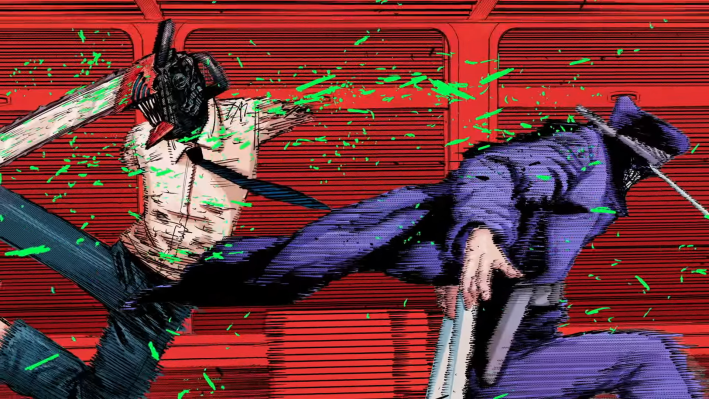
- Denji is basically Samson, the oddest character in the Bible, but with chainsaws for arms
While it would be easy to say that Denji is basically Naruto Jesus about my sixth point, I’d reckon Denji is the closest thing manga has gotten to adapting the tale of Samson. Samson, one of my favorite tales in the Bible, is notable for its out-of-place feel in relation to the rest of the tales, as it follows a man who’s super strong and fights for God. All God asks of him is to swear off alcohol, touching dead bodies, and cutting his hair. That last point is crucial since his hair is the source of his strength. Samson went around killing lions with his bare hands, defeating Philistines using the jawbone of a donkey, and carrying the Gates of Gaza on his shoulders for miles on some comic book character shit.
To counteract Samson, the Philistines sent out a woman named Delilah, whom Samson fell head over heels for, to uncover the source of his strength. After several trysts where he lied about his strength, he finally told her about his hair, and she betrayed him, leading to his capture, blinding, and imprisonment. In a last-ditch effort, Samson prayed to God, leading to his hair growing back and him pulling down the pillars of a temple, killing himself and thousands of Philistines who imprisoned him.
Reader, if that isn’t Denji and Makima’s whole relationship, replacing hair growth with his heart, then I don’t know what is. It also doesn’t hurt that the story of Samson’s themes are about squandered potential, diving purpose, and sacrifice. That aligns nicely with Denji slowly figuring out his Maslow’s hierarchy of needs throughout the series as he grapples with his humanity and the fame that comes with being a hero.
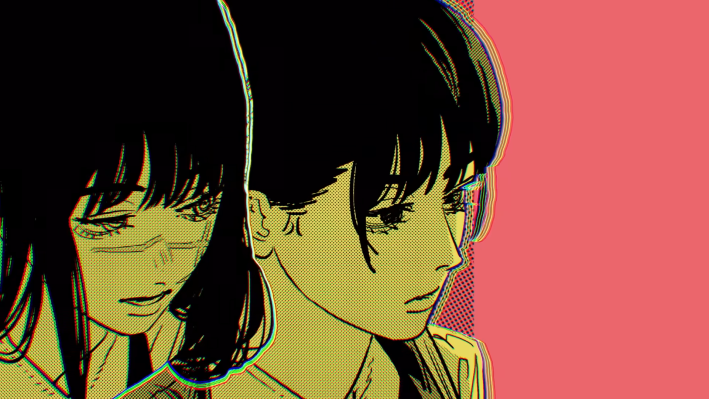
- Cringe girls doing girl-failure things representation
The Bible, for all its divine drama, is kind of a boys’ club where women rarely get the spotlight unless they’re birthing messiahs. Sure, there’s Mother Mary and Esther (forever immortalized as a green onion in VeggieTales), but the canon’s pretty thin on women doing rad, messy, morally ambiguous stuff that feels genuinely human. Chainsaw Man, on the other hand, is overflowing with female characters who aren’t sanitized paragons. They’re chaotic, vain, vulnerable, and painfully relatable—case in point: Asa Mitaka, the deuteragonist of Part Two.
Like Denji, Asa fulfills gendered tropes—she’s awkward, selfish, and thirsting for romantic validation in ways that are both cringe and cathartic. As Sisi Jiang points out, her inner monologue is a masterclass in emotional dissonance. She wants love but refuses to look like she’s begging for it. She also has no issue with others sacrificing themselves for her but finds it hard to cope with the guilt of feeling like she could do more to save others. In a genre where women are often relegated to being shy support beams in a male-centric trio, Chainsaw Man gives them the spotlight and a majority of the series’ big hero moments. They’re not just reflections of virtue, but mirrors to our messiest selves, and that’s rad.
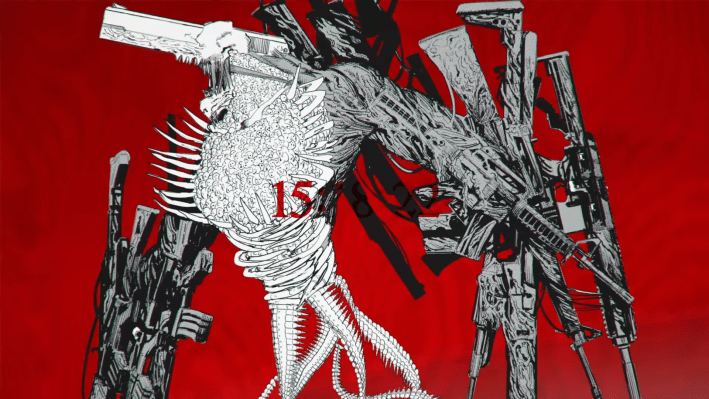
- Hates America
In a series rife with reality-altering devils and fiends, whenever the U.S. government is mentioned, it carries a presence like a shadowly, manipulative force responsible for undignified deaths far more brutal than its fantastical villains. The key difference in their menace is that Devils and fiends are disorganized in their terror, almost downright random, like encountering an animal in the wild. America is a fear-fueled machine and a huge component of why the Gun Devil is such a huge problem. The Gun Devil, in a way, is a literal embodiment of mass violence and national trauma that America has played a significant part in on a global scale. Plus, all you have to do to get a vibe check on Fujimoto’s thoughts on America is to check out his drawing of Captain America.
Tatsuki Fujimoto's, mangaka of Chainsaw Man, take on Captain America
by u/Agar_ZoS in Marvel
Hell, the series recently revealed that the War Devil loves America because it reverse-engineered nuclear weapons despite being a concept Chainsaw Man erased from the world. Not every day a modern-day theocratic-leaning work displayed its politics bare for the world to enjoy on a weekly comic book basis, but not everything can be Chainsaw Man.


